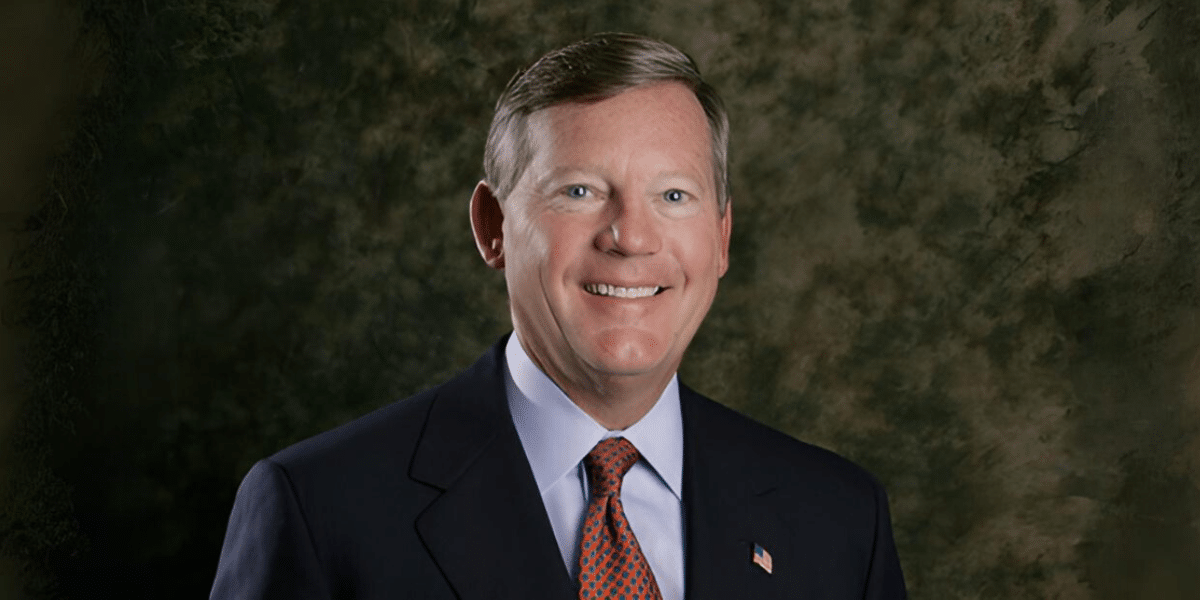Unveiling Operational Excellence: Charles Eitel’s Key Insights for Effective Practices
Unveiling Operational Excellence: Charles Eitel’s Key Insights for Effective Practices
Blog Article
Functional superiority is often hailed because the ultimate goal of company efficiency, but reaching it could look such as a challenging challenge. Charles Eitel, a distinguished figure in functional quality, has offered a wealth of knowledge on the best way to effectively navigate that complex terrain. His ideas can help demystify operational superiority and give a clear path for agencies striving to boost their performance.

Understanding Working Brilliance
Functional excellence involves more than simply optimizing techniques; it's about fostering a lifestyle of continuous development that permeates all facets of an organization. Based on Charles Eitel, working quality is accomplished through a combination of proper preparing, efficient execution, and a commitment to continuing enhancement.
Crucial Ideas from Charles Eitel
1. Authority and Vision: Eitel stresses that detailed superiority begins with powerful leadership. Leaders should articulate an obvious vision and collection feasible targets that align with the organization's strategic objectives. Their role is to stimulate and guide the team towards a provided commitment to excellence.
2. Staff Involvement: One of Eitel's core axioms is the importance of concerning employees at all degrees in the improvement process. By encouraging a lifestyle where personnel sense empowered to lead a few ideas and get control of their function, businesses can travel creativity and functional efficiency.
3. Process Optimization: Eitel advocates for a demanding method of method optimization. This calls for mapping out active procedures, pinpointing bottlenecks, and utilizing improvements to improve operations. Continuous method evaluation assures that inefficiencies are addressed quickly and that the organization remains agile.
4. Data-Driven Choice Creating: Powerful utilization of knowledge is really a cornerstone of Eitel's approach. By leveraging data analytics, companies can obtain valuable insights to their operations, check efficiency metrics, and produce educated decisions. Data-driven strategies help in pinpointing areas for development and checking progress.
5. Sustaining Improvement: For Eitel, operational quality is not just a one-time achievement but a continuous journey. Organizations must foster a tradition of constant improvement by frequently reviewing processes, placing new targets, and establishing to adjusting conditions. Maintained concentrate on superiority assures long-term accomplishment and resilience.
Employing Eitel's Ideas
To apply Charles Eitel's ideas, agencies must start by assessing their recent operational practices and determining crucial parts for improvement. Placing obvious, measurable objectives aligned with the organization's perspective is crucial. Management must positively help and participate in the improvement method, showing commitment through actions and decisions.
Creating an atmosphere where personnel are inspired to talk about some ideas and get project may get invention and efficiency. Typical teaching and progress programs help in keeping the group current on best practices and new technologies.
Using data analytics to see decisions and monitor efficiency is essential for continuous improvement. Businesses should establish metrics for achievement and regularly evaluation development to ensure they are on course to generally meet their goals.

Conclusion
Charles Eitel's insights in to functional quality give a valuable roadmap for organizations seeking to enhance their performance. By focusing on authority, worker engagement, method optimization, data-driven decision making, and maintained improvement, companies may demystify the road to operational brilliance and obtain sustained success. Embracing these powerful techniques may convert procedures and position organizations for continued development and excellence.
Report this page